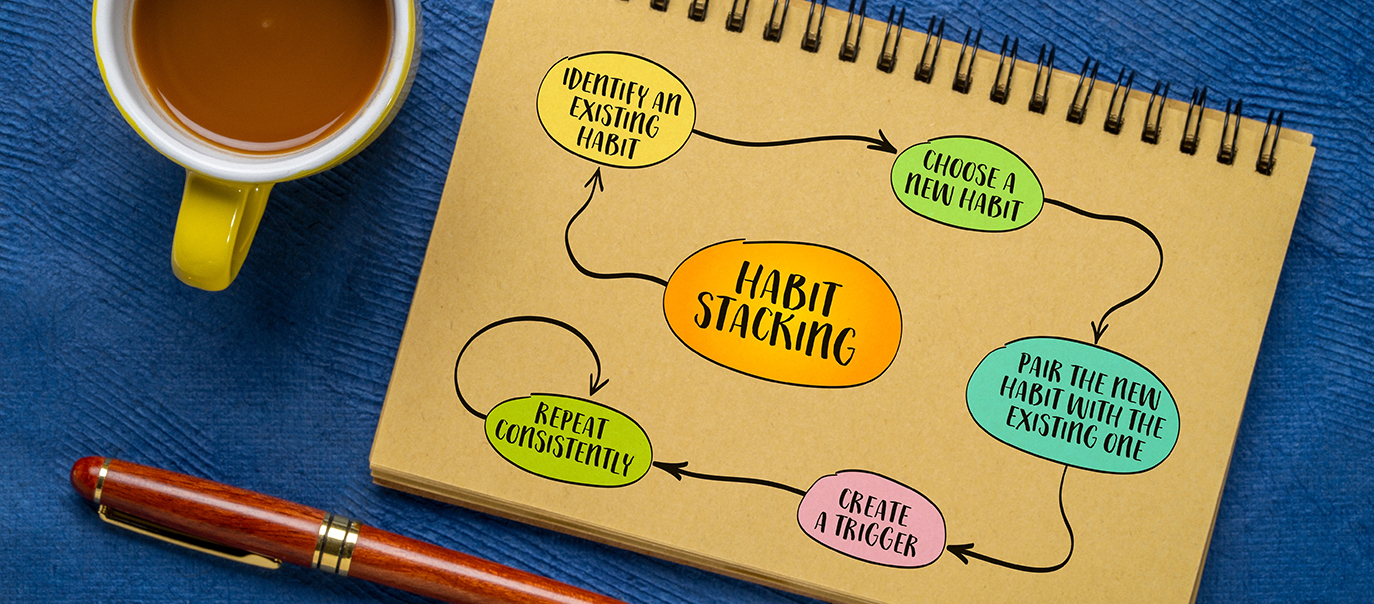You might have heard about being more proactive when delivering a normal driving lesson or when being examined on a Part 3 or Standards Check.
Let’s start with the definition of what proactive is.
Proactive is creating or controlling a situation rather than just responding to it after it has happened.
Where reactive is acting in response to something that has already happened, rather than taking action to prevent it or anticipate it.
Well, you might ask, why is being more proactive more productive than being reactive on a driving lesson?
Let’s explain some of the benefits:

Keeping your pupil, your vehicle and other road users safe:
Our number one priority is making sure nobody is harmed or endangered during our driving lessons.
As driving instructors, our own driving needs to be at a high enough standard to be able to observe, anticipate, prioritize and decide what to do.
If we see issues well in advance, depending on the amount of time or the ability level of the pupil we should ask the pupil what the next hazard or danger is and ask them what they are going to do about it.
Ok, what if your pupil doesn’t respond to this, well you can always direct their eyes to the issue first.
For example, you are approaching a meeting situation, and you notice your pupil who is at the trained level, is not slowing down to stop when you would be.
Your prompt in this instance could be,”Is there enough room to pass through that gap ahead?”.
This is what they call a closed question on the move as there is really only one answer to it, which is a yes or a no answer.
Also, if your pupil doesn’t respond to this you can tell them to wait, by asking them to wait at a specified place, like,” wait behind that black car”.
You should then give them feedback shortly afterwards, so your pupil understands why you did this.

Creating a positive and comfortable learning environment:
Using the last example of the meeting situation, what is the benefit of doing this as opposed to just dual- braking them just before colliding with another vehicle.
Well, guess how your pupil feels when you dual brake them.
They will lose confidence which in turn will affect the amount of learning that takes place.
Anxiety is one of the largest barriers to learning.
Secondly, your pupil might start to lack confidence in you, as they are expecting you to help them become a safer driver.
By being more proactive, the pupil is involved in the process of learning and the more involved and motivated they become, especially if they are successful.
Also, if your pupil is allowed to keep making mistakes, your feedback will be based mainly on these mistakes.
Why not try to prevent these mistakes happening in the first place, prevention is better than cure!

Knowing what your pupil has seen and what they are going to deal with hazards or situations:
When I first started to train to be a driving instructor a number of years ago, I remember my trainer told me that we need to be fortune tellers.
What he meant by this is that we should have some idea what our pupils are observing, anticipating, prioritising or what they are going to do.
If your pupil is silent there is no-way we can do this, we can’t mind read!
One technique I like to use is to get my pupil to tell me when they are planning to emerge at a junction, so that I can confirm that it’s safe to emerge or tell them to wait if it isn’t.

Preventing errors or commissions becoming habits:
An error is a mistake your pupil is not aware of, and a commission is an error that your pupil has consciously made, which means they have done it deliberately.
By spotting mistakes early enough in the learning process you can prevent your pupil repeating that same mistake.
For example, if your pupil keeps coasting when approaching to turn at a
junction.
You either don’t spot it or choose to ignore it as you don’t think it’s affecting their speed of approach, then coasting will soon become a habit formed during their first few attempts.
Remember practice becomes permanent or repetition is the mother of mastery!
What you think doesn’t matter at the time, soon becomes a problem when your pupil is approaching a downhill or high-speed junction.
This applies to all the other basic skills in driving like, steering, braking,
acceleration, gear changing and mirror use etc.
If these basic foundations are not in place, then you can’t build on them.
A house is only as good as its foundations!
I have also been told by an ADI Examiner that a driving lesson you deliver on a ADI Part 3 or Standards Check that is mainly reactive, then you will be unsuccessful.
Ok, we can’t always be proactive on lessons.
When we want to confirm if learning has taken place, we would need to back off with our help (reactive) to see if learning has taken place, especially if you’re using a repetitive route.
This is essential to see what they have achieved.
You are trying to see if they can complete the goal independently, which is our role as driving instructors.
We should transfer this responsibility back upon our pupil as soon as they are capable of doing this.
You can always intervene verbally if they can’t.
Let’s explain some of the pre-existing conditions that are needed to be proactive.

Your own driving standards need to be maintained at a high level.
You need to observe, anticipate, prioritise and decide with confidence so hopefully our own standards become your pupils.
This includes a thorough knowledge of publications like Driving the Essential Skills, Know your Traffic Signs and the Highway Code.

You need to know what to say and when.
Actors and actresses know their lines from a script.
If you practice and develop the words you use, your pupil will understand what is required of them.
This includes using mainly closed questions or embedded commands.
Talk throughs are also still needed in modern driving instruction when your pupil needs them.

Listening skills and observing your pupils’ actions and body language.
You need to listen not just what your pupil says but how they say it as well.
By listening to the tone of your pupil’s voice, facial expressions or body language you can usually tell how they are about to react to hazards or situations.
You also need to see if they are responding correctly to your help as well.
Don’t assume that because you have told them to do something that they are going to do it.
Don’t look at the windscreen all the time, if safe look at your pupil when talking to them!
But not if there is an imminent danger ahead of you!
© Dave Allen
https://agradeinstructortraining.co.uk/
Categories
Recent Posts
Get In Touch
Create a free acccount or login
To continue reading this information, you need a free account that can be created in under a minute. Join today or login
Like to be kept informed?
Our free Lite membership delivers newsflashes and weekly roundups directly to your inbox, so you never miss a beat. Or become a Premium member to enjoy the wide-ranging support & benefits we offer.
Report
There was a problem reporting this post.
Block Member?
Please confirm you want to block this member.
You will no longer be able to:
- See blocked member's posts
- Mention this member in posts
Please allow a few minutes for this process to complete.



Share This: